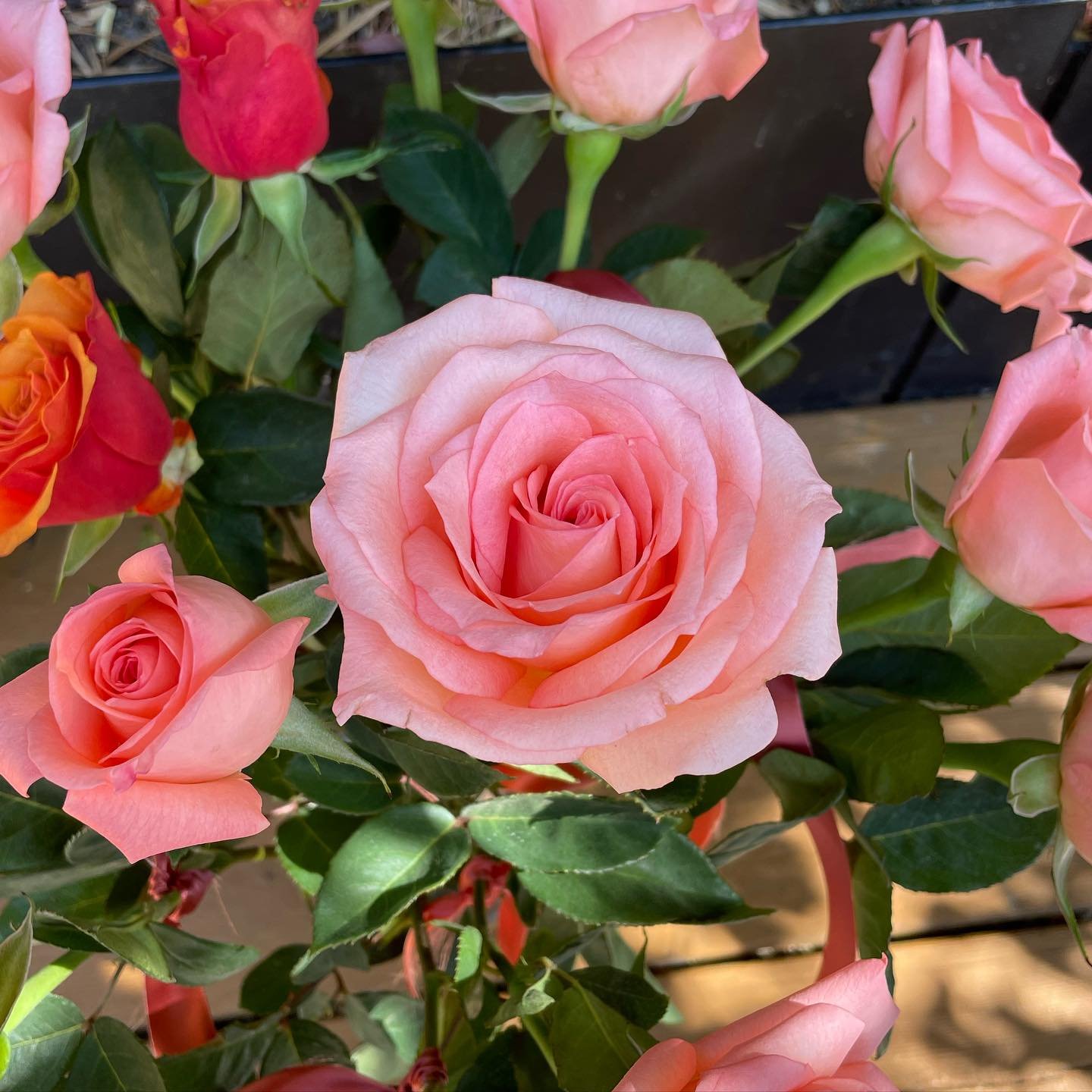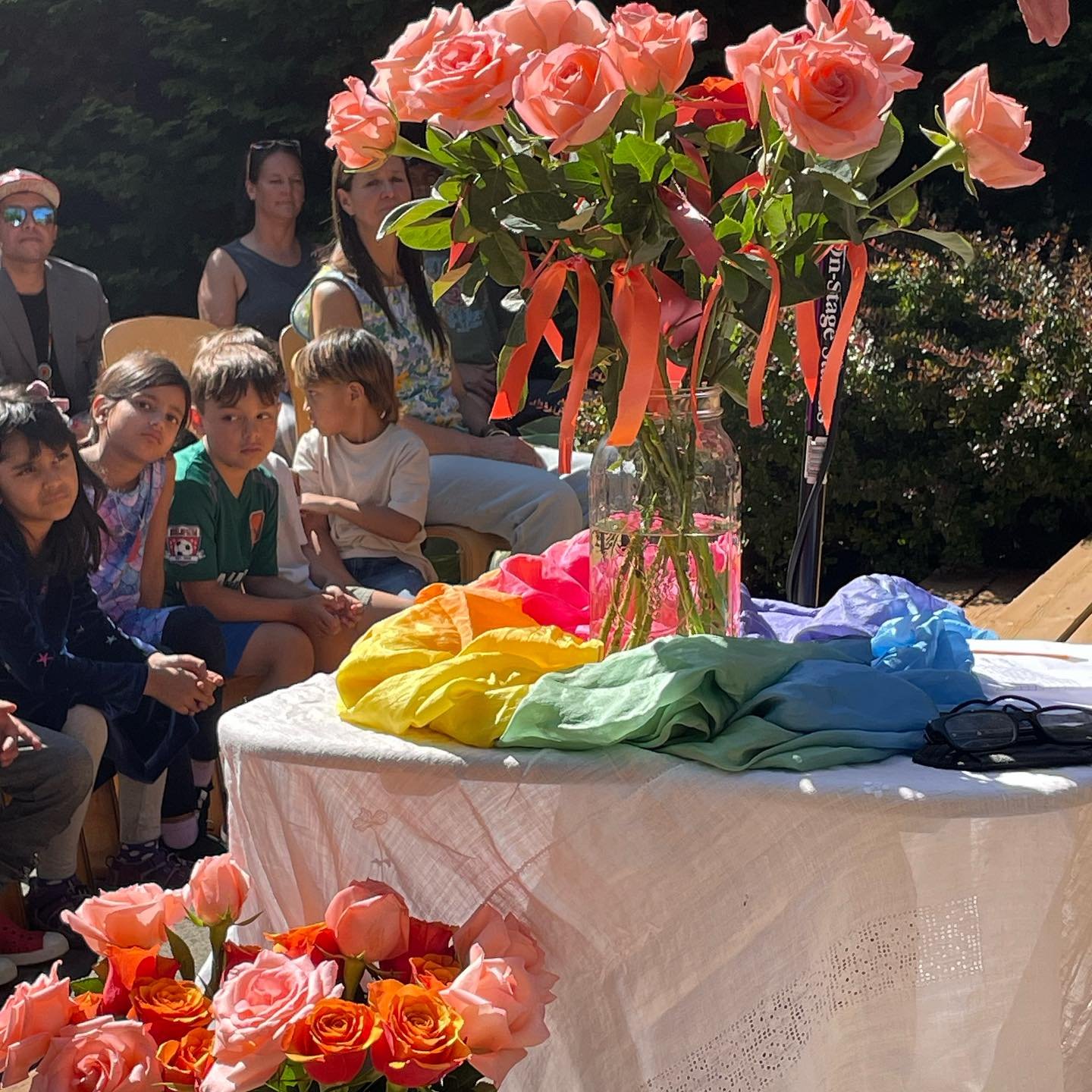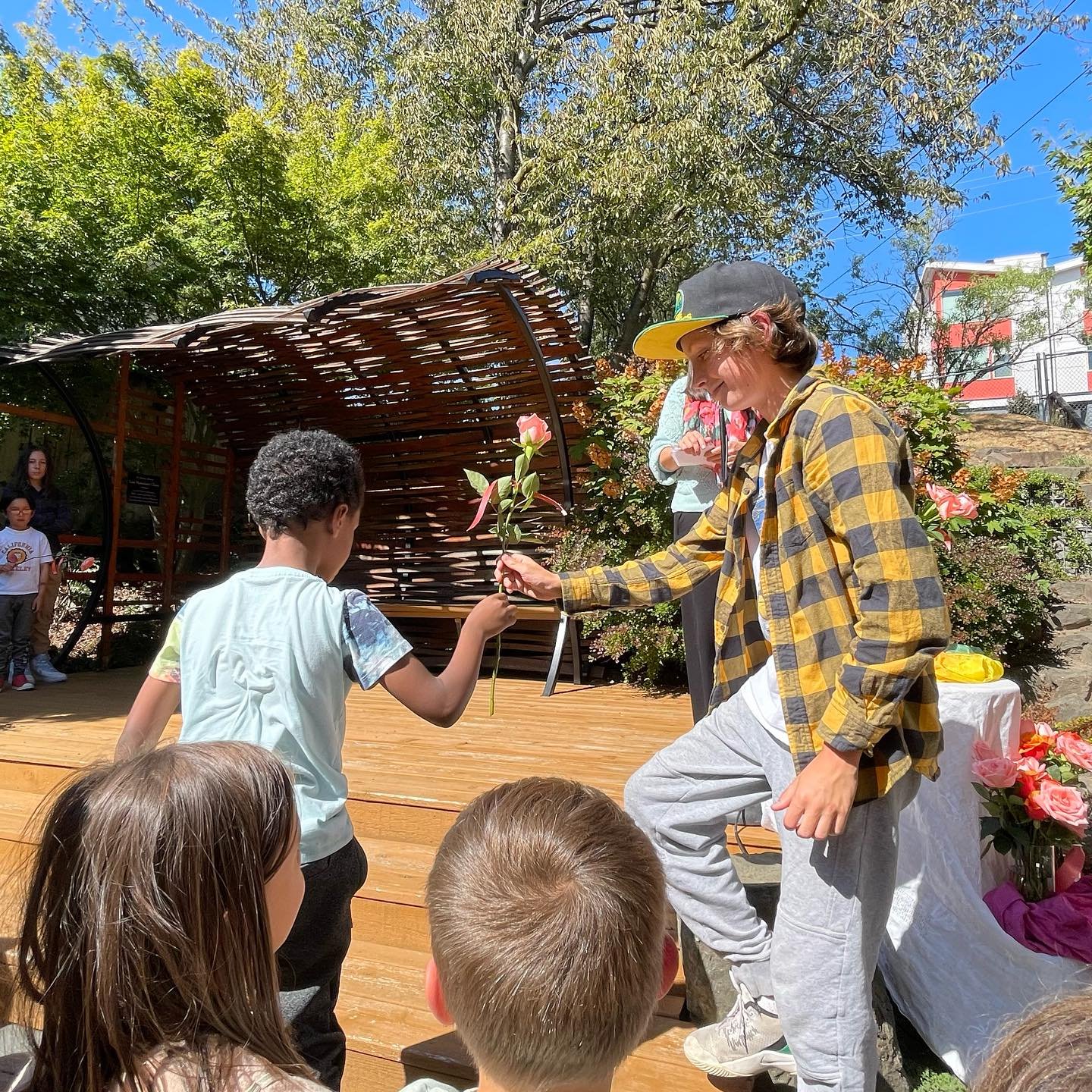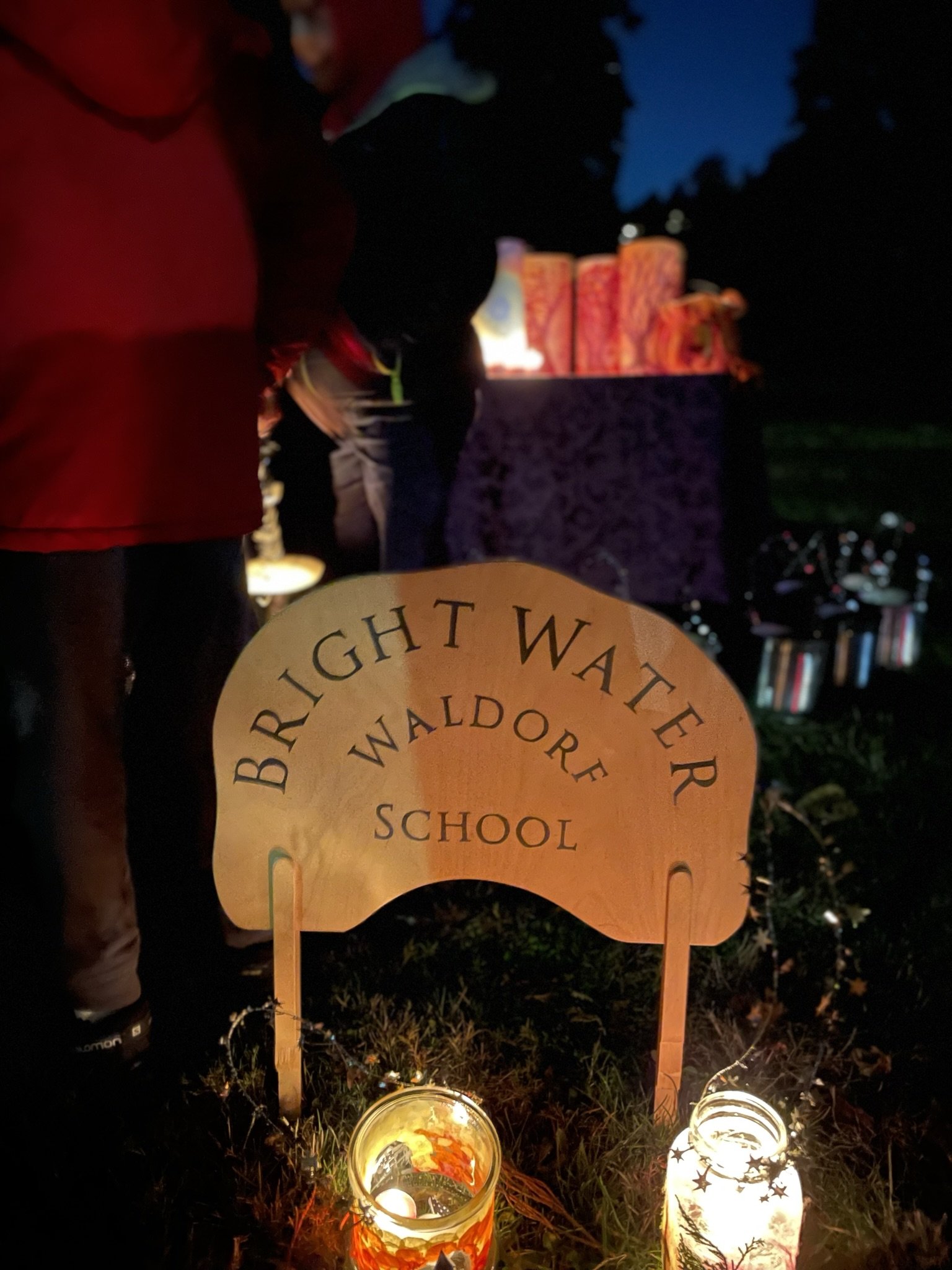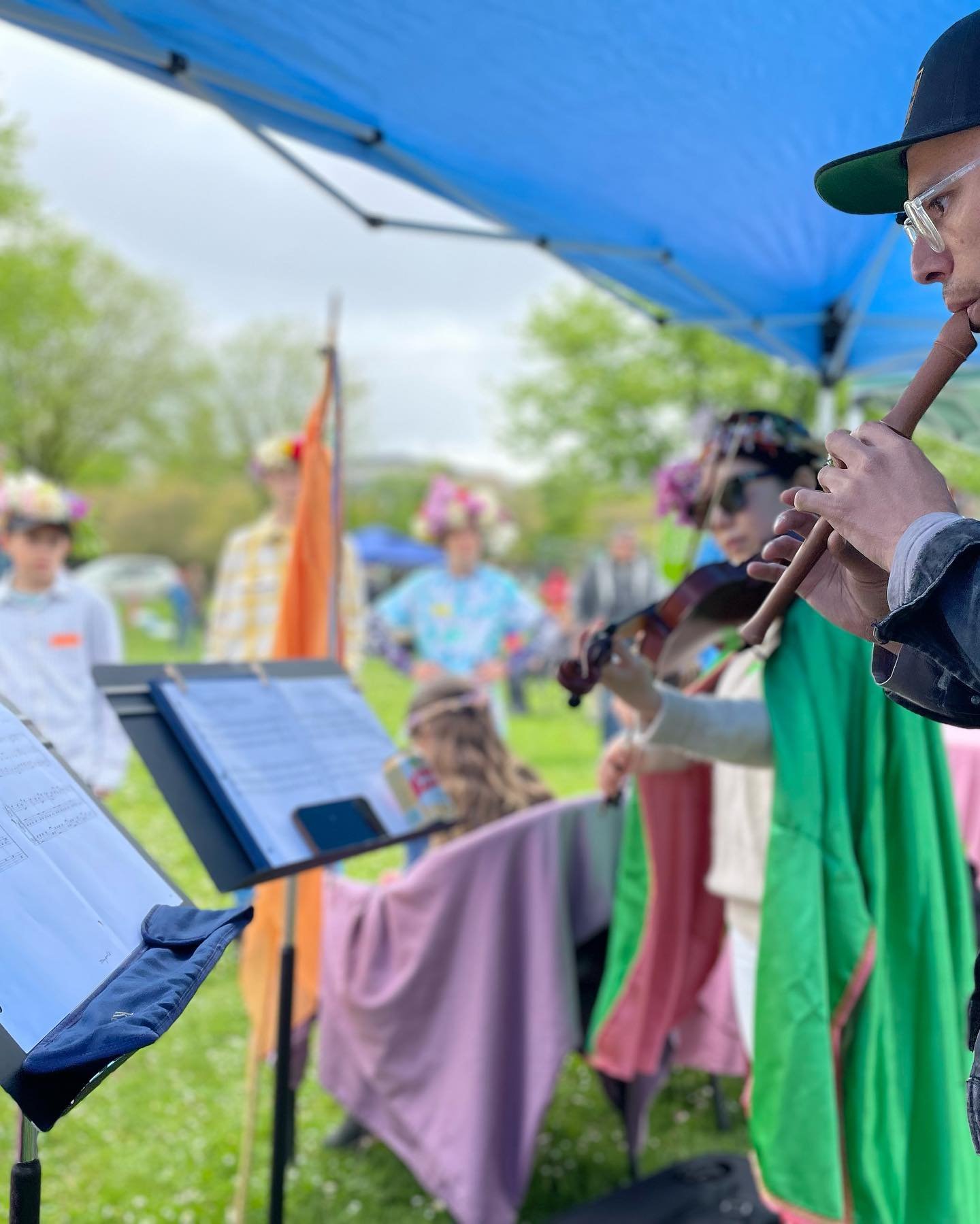Celebrating the Rhythms of the Year
At Bright Water Waldorf School, we embrace a rich festival life that transcends mere celebrations—it's a journey of connection, reverence, and community. Through the rhythm of the seasons, we come together to honor the cycles of nature and foster a deep sense of belonging for our children and families.
Each year, our festivals serve as joyful gatherings where our entire school community unites to celebrate the beauty of the season and our interconnectedness with the natural world. With stories, food, songs, and activities intricately woven into the fabric of each festival, we nourish the heart and soul, creating memories that linger long after the festivities have ended.
But our festivals are more than just occasions for merriment—they are moments of reunion and reflection. Alumni and former students return to reminisce and reconnect, adding to the tapestry of shared experiences that define our school community. Together, we work hand in hand to create events that leave an indelible mark on those who attend, fostering bonds that transcend generations.
Join us as we embrace the magic of our yearly festivals and come together in community, celebration, and reverence. At Bright Water Waldorf School, every festival is an invitation to connect, to celebrate, and to create memories that last a lifetime.
“In our schools, we try to help children to feel the warmth and security of that connection to the rhythms of the year. The preparation for and celebration of these special days anchors them in each season, giving them both the thrill of anticipation and the comfort of predictability.”
Rose Ceremony
Perhaps the most overarching tradition that touches every student who progresses from first to eighth grade is the Rose Ceremony. This ceremony marks a significant rite of passage, initially for first graders at the beginning of the year—when eighth graders present them with a “welcome” rose as they begin first grade—and then for eighth graders at the end of the year—when first graders offer them a rose to bid them farewell as they set off to high school. This ceremony is marked with music and art, and it is rich with reflections on the passage of time and individual and community growth.
Harvest Festival
Harvest Festival, previously called Michaelmas, is our first festival of the new school year, marking the change in seasons from summer to autumn, and bringing our school together in celebration; but even deeper than this, it is a festival that celebrates the inner strength and courage we hold both as individuals and as a community.
Michaelmas, which began as an equinox and harvest festival in the Middle Ages, is also a feast to honor the archangel Michael. Michael is an archangel in Judaism, Christianity, and Islam. In these traditions, he is a symbolic leader of the force of good over evil and courage over cowardice. The celebration of Harvest Festival teaches the importance of overcoming fear and strengthening resolve.
We become aware of our own inner energies, of the strength of spirit and of the courage residing at the core of our being. This is the power with which we vanquish the Dragon—our fears and struggles and feelings of disconnection from the things most important to us. Thus, the gift of Harvest Festival is a re-connection with the strength and courage we hold within ourselves, and a reminder that through rising to the challenges that face us we find freedom and growth.
Lantern Walk
A Lantern Walk is a fall tradition in Waldorf education that teaches children to celebrate the light within and inspires them to share the gifts of their “light” with humanity in meaningful ways.
During our annual Lantern Walk, our community gathers together as the sun sets in Leschi Park, carrying handmade lanterns, symbolizing our own individual light.
Following the lighting of the lanterns, the children walk through the park singing lantern songs. Parents are encouraged to join in the singing and join the children in reverence and wide-eyed wonder.
Sakura Festival
The Sakura Festival is a spring-time festival that invites a deep enjoyment of the blooming of cherry blossoms. Celebrations are held under the cherry blossoms that foster delight and cultural connections. Hiromi Sensei leads each grade with songs in Japanese. Students are invited to enjoy trying on kimono, playing games on the grass, and eating homemade mochi!
May Faire
The Spirit of May Faire
It is the month of May
When merry children play
Let every lad and lass
Come dance upon the grass
So sang the village children as the blossoms were wound around the tall pole that would be set up in the middle of the common to begin the day of dancing and festivities on the first day of May. In agrarian communities, the end of winter was celebrated with joy and relief. New lambs, calves and goats showed promise of bounty in the future. As the fickle wind and weather of March and early April gave way to the gentle breezes and blossoms of May and the first new foods began to vary the winter table, people crawled out of winter hibernation, put on their finery and met in their communities to make merry and raise their voices in song.
The celebration of the first day of the month of May, called Mayfair or Beltane, is a tradition with deep roots in the soil of pre-Christian Europe. Unlike the more solemn holidays of early spring, May Day was a time for rejoicing and looking forward to the happy summer days to come. The festival has its origin in pagan times as a rite to ensure an abundant harvest at Samhain, half a year away. This magic mood of regeneration is never very far beneath the surface in later celebrations. Girls would wake before dawn to wash their faces in the first dew of the happy day to be forever beautiful and young. Boys and girls alike would don their best and brightest and come to town hoping to catch the eye of the one they fancied, and many a match was made on the first of May. A young May King and Queen were often chosen to preside over their subjects.
As the day proceeds, ivy is knotted into crowns and dancers bow and bend to their partners like swaying branches. The May Tree or Maypole is hoisted into the air amid shouts of triumph. Weaving the ribbons together reweaves the bonds of the community and renews their ties, one to the other. If King Winter is lurking, the celebrants are ready, Morris dance sticks in hand, to give him a good drubbing and chase him out of town!
“Students spend weeks learning dances with their music and movement teachers which they will perform around a flower-topped ribboned Maypole. They come early to decorate the May crowns they will wear, weaving fresh flowers into an ivy or raffia ring. Games, like a Fish Pond with prizes and a decorative Bean Bag Toss, keep the littles entertained. Lady Spring and King Winter may preside over the proceedings, or we may witness a battle between the Winter Witches and the Lads of the Flower. The mood is light and social as folks picnic together and rekindle friendships perhaps sidelined in the busy working year. Dancing and singing together, we re-establish our common bonds and build our community.”



